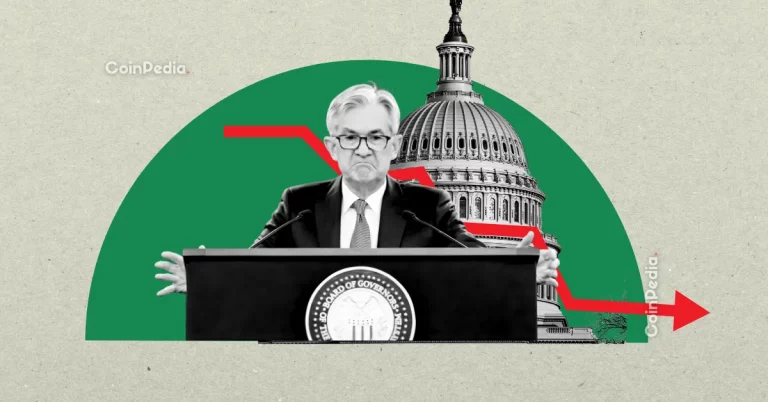
Mindfulness Practices for Stress Relief: Finding Peace in a Busy World
Introduction to Mindfulness
Mindfulness is the practice of being present in the moment, paying attention to your thoughts, feelings, and sensations without judgment. It has been shown to have numerous benefits for both physical and mental health, including reducing stress and anxiety. In this article, we will explore various mindfulness practices for stress relief and provide tips on how to incorporate them into your daily life.
Mindfulness Meditation
Mindfulness meditation is a powerful tool for reducing stress and anxiety. It involves focusing your attention on the present moment, often by paying attention to your breath or a physical sensation in your body. Regular mindfulness meditation practice has been shown to reduce the production of stress hormones like cortisol, leading to a decrease in anxiety and stress levels.
Getting Started with Mindfulness Meditation
To get started with mindfulness meditation, find a quiet and comfortable place to sit or lie down. Close your eyes and take a few deep breaths, feeling the breath move in and out of your body. Bring your attention to your breath, noticing the sensation of the air moving in and out of your nostrils. When your mind wanders, gently bring it back to your breath without judgment.
Yoga and Mindfulness
Yoga is a physical practice that combines movement, breath, and meditation to promote relaxation and reduce stress. Many yoga styles, such as Hatha, Vinyasa, and Restorative yoga, incorporate mindfulness principles and can be a great way to cultivate mindfulness in your daily life.
Mindfulness in Yoga
In yoga, mindfulness is cultivated by paying attention to the breath, the movement of the body, and the sensations that arise during practice. This helps to develop greater body awareness, balance, and coordination, as well as reducing stress and anxiety.
Other Mindfulness Practices for Stress Relief
In addition to meditation and yoga, there are many other mindfulness practices that can help reduce stress and anxiety. These include:
- Deep breathing exercises
- Progressive muscle relaxation
- Mindful walking or movement
- Body scan meditation
- Loving-kindness meditation
Deep Breathing Exercises
Deep breathing exercises involve taking slow, deliberate breaths, often through the nose and out through the mouth. This can help to slow down your heart rate, lower your blood pressure, and reduce feelings of stress and anxiety.
Progressive Muscle Relaxation
Progressive muscle relaxation involves tensing and relaxing different muscle groups in the body, often starting with the toes and moving up to the head. This can help to release physical tension and promote relaxation.
Conclusion
In conclusion, mindfulness practices such as meditation, yoga, and deep breathing exercises can be powerful tools for reducing stress and anxiety. By incorporating these practices into your daily life, you can improve your overall well-being and find greater peace and relaxation in a busy world.





